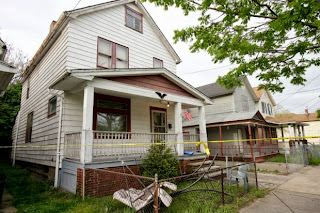PUBLISHERS WEEKLY "THE NEXT BIG THING"

From the November 15, 2013 edition of Publishers Weekly : Last fall, Timothy O’Connell, an editor at Vintage, noticed a starred PW review of The Natural Order of Things by Kevin P. Keating. In February he learned that the novel, at the time available via print-on-demand from Aqueous Books, had been nominated for the Los Angeles Times Art Seidenbaum Award for First Fiction. By then, his interest was really piqued and, by coincidence, an opportunity to acquire the paperback rights landed on his desk shortly thereafter. David Patterson, an agent at Foundry, submitted the book in early March alongside Keating’s next novel, Captive Condition. During the first week of April, O’Connell secured a two-book deal at auction for paperback rights to The Natural Order of Things and rights for all formats for The Captive Condition . Vintage released an e-book of The Natural Order of Things in advance of the L.A. Times awards to put some version on the market in the event tha



.jpg)